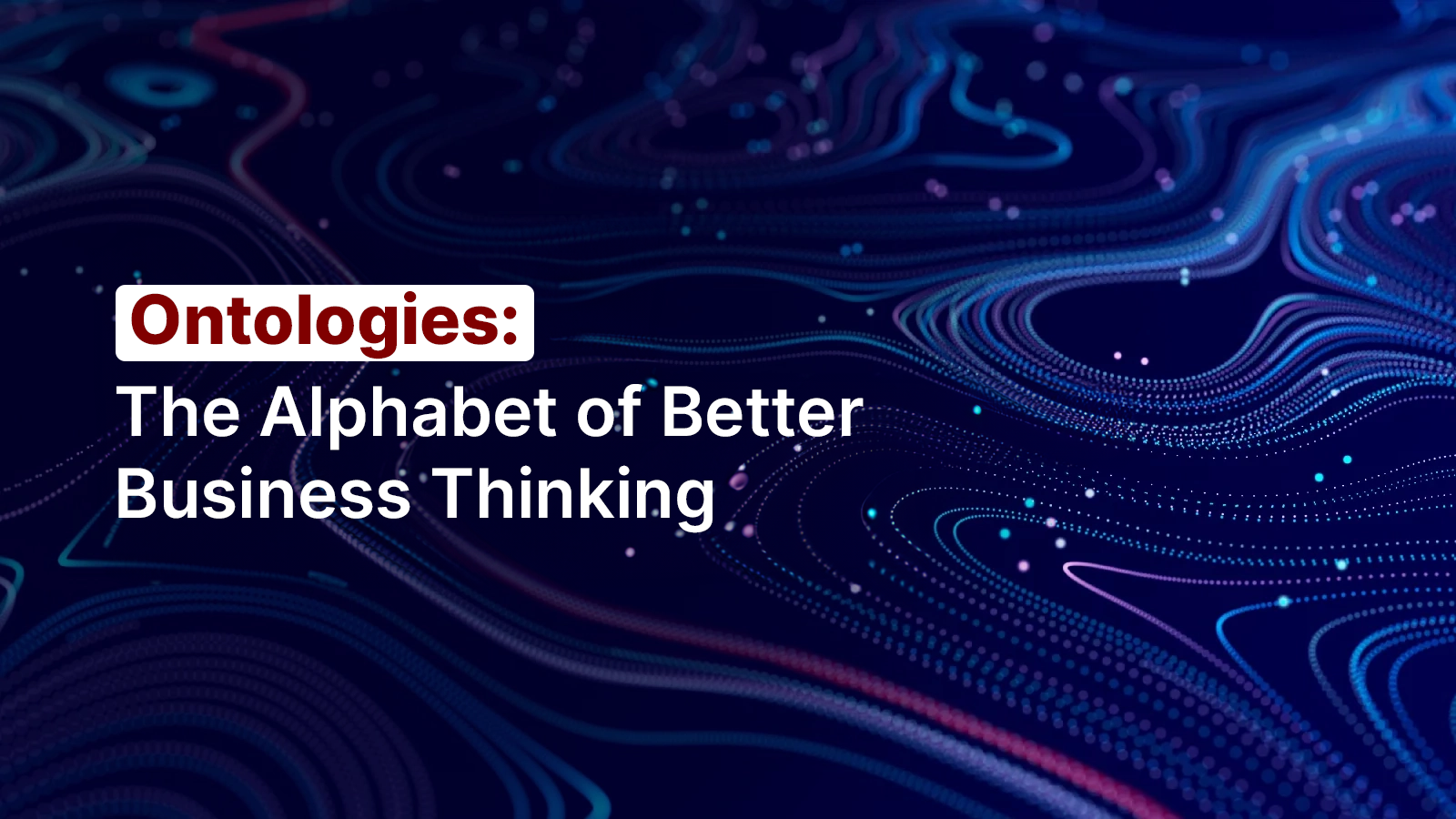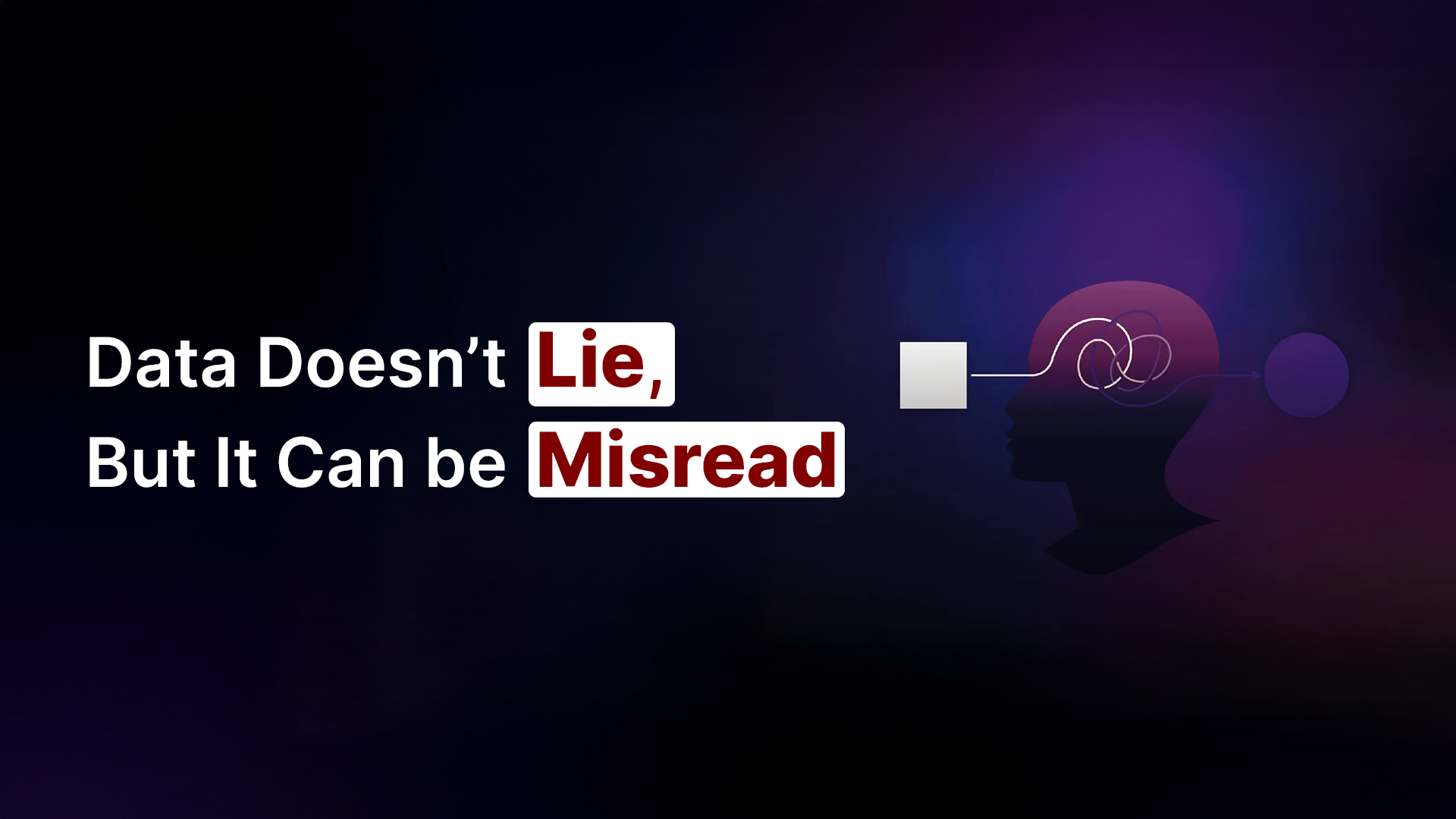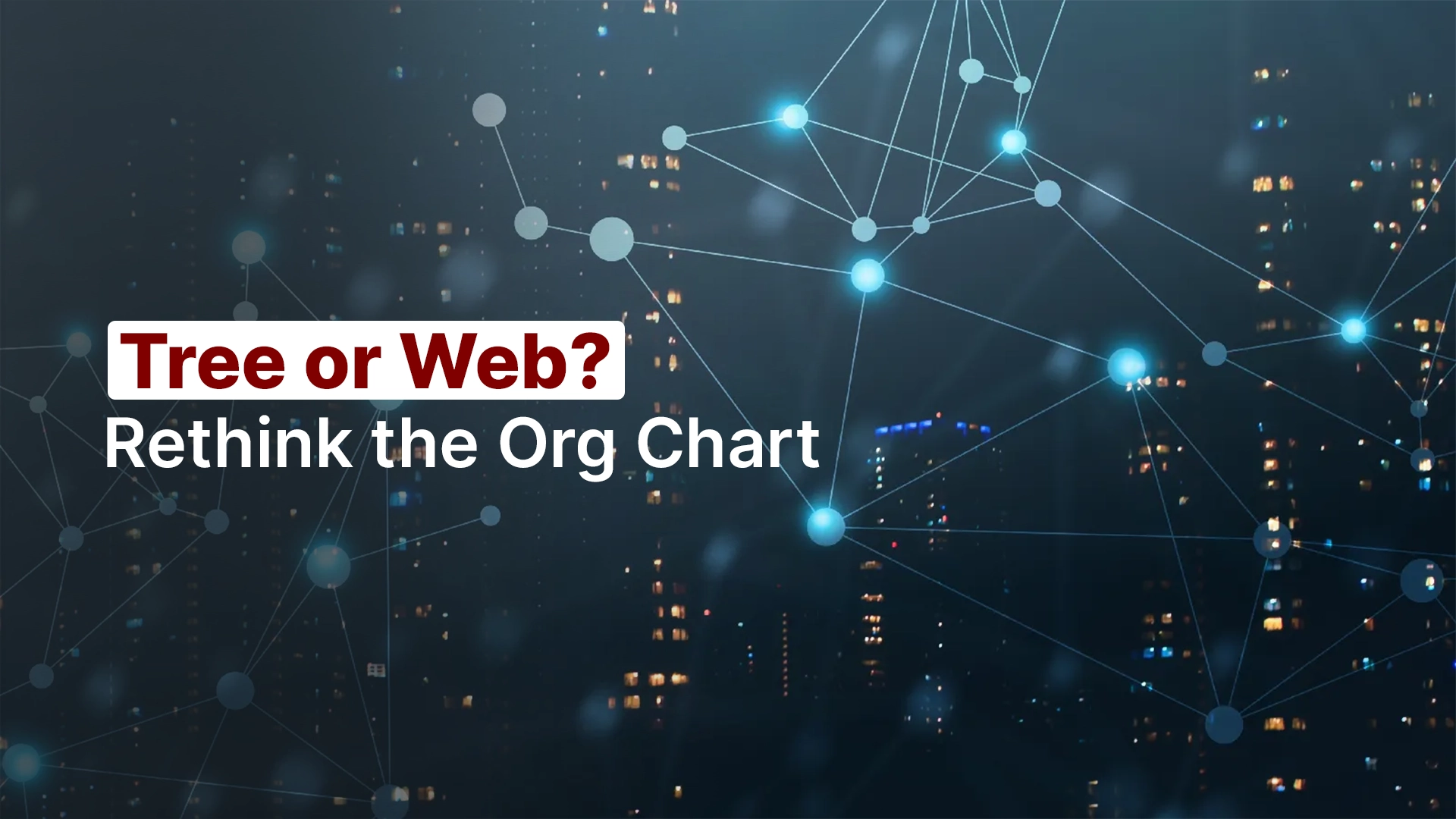The Importance of Business Ontologies
- Read Time: 5 Min

Modern corporations are grappling with unprecedented levels of complexity. The challenge isn’t solely about managing the sheer volume of data or the pace of technological innovation but also about the intricate interdependencies among various aspects of a business problem. As different elements of a problem become more interconnected, the potential solutions also multiply, often exponentially. This interwoven complexity can make it difficult for businesses to identify root causes, forecast potential ripple effects of decisions, or discern between symptoms and underlying problems. The multifaceted nature of today’s challenges demands a sophisticated and holistic approach, making traditional linear problem-solving techniques less effective and often obsolete.
Instead of viewing challenges as standalone monolithic entities, today’s problem spaces are better visualized as intricate networks, where a multitude of smaller issues interact, creating a composite of complexities. Such a shift in perception demands a parallel evolution in devising solutions. If our challenges are interlinked networks, then the solutions must mirror this complexity, serving as dynamic, adaptive networks.
To navigate this paradigm, it becomes imperative for businesses to delve deeper into understanding the very essence of these problem spaces—their ontology. By comprehending the components, relationships, and processes that define the problem space (or the problem system), businesses can architect solution spaces (or solution systems) that are effective and holistic, addressing the heart of systemic problems.
Learning ontologies—or structured frameworks that categorize and define relationships between concepts—plays an essential role in organizing knowledge and facilitating understanding. One of the earliest examples of this is the alphabet, a linguistic ontology that provides the building blocks for words, sentences, and all written language. The alphabet’s standardized set of letters enables us to communicate complex ideas efficiently, and it provides a framework for literacy and language education. Without the structured order and categorization of the alphabet, the mastery of languages would be a far more chaotic and challenging process.

Similarly, the Periodic Table of Elements serves as a scientific ontology, categorizing elements based on their atomic number, electron configuration, and recurring chemical properties. Its organized structure not only makes it easier to understand the properties and relationships of known elements but also allows scientists to predict the properties of elements that had not yet been discovered when the table was first formulated. Another example is the decimal numeric system, an ontology that forms the basis of arithmetic and all higher forms of mathematical thought. This numerical system organizes numbers into tens and powers of ten, providing a logical and straightforward framework for everything from basic counting to complex calculations in engineering and finance. In each of these instances, ontologies serve as the foundational pillars that support the development and dissemination of knowledge across different fields, making them indispensable tools in education, research, and practical applications.
One of the most powerful aspects of established ontologies like the alphabet, the Periodic Table of Elements, and the decimal numeric system is their capacity to standardize terms and relationships across disparate contexts and geographies. This standardization acts as a universal language that allows people from around the world to quickly dig deeper for insights, collaborate, exchange information, and propel advancements. For instance, chemists in different countries can easily collaborate on research because they rely on the universally understood framework of the Periodic Table. Financial analysts worldwide use the decimal system as the bedrock for interpreting and exchanging complex financial data. Similarly, the alphabet’s standardization enables international collaborations in everything from scientific research to global policy formulation.
By providing a shared framework, ontologies cut through the fog of ambiguity, reduce the chances of misunderstandings, and speed up the problem-solving process. They create a common ground upon which ideas can be exchanged more fluidly, questions can be formulated more precisely, and answers can be found more quickly. This accelerates innovation and advancement across a multitude of fields, effectively serving as the glue that holds together our increasingly interconnected global community. Whether it’s in the realm of science, education, business, or governance, the role of ontologies as instruments of coherence and collaboration cannot be overstated.
ONTOLOGIES FOR BUSINESS DECISION MAKING

From a systems thinking perspective, the ontology of a system refers to the organized and structured understanding of the components, relationships, and processes that constitute that system. In simpler terms, ontology provides a comprehensive framework for how elements within a system relate to each other, their roles, functions, and the inherent meaning they bring to the larger system. When one translates this understanding into the realm of business challenges, it means delving deep into the heart of issues to discern potential solutions.
A structured approach to problem-solving is not just a convenience; it’s a necessity for survival and growth. Just as alphabets, periodic tables, and decimal systems serve as ontological foundations in their respective domains, businesses too require an organized framework—or ontology—to truly accelerate problem-solving. The ontology of a business ecosystem would categorize and define various elements like stakeholder relationships, business processes, resources, and market dynamics, outlining how each part interacts with and impacts the others. Such a framework allows decision-makers to view problems not as isolated incidents but as symptoms of the system’s overall health.
For example, if a business is facing a decline in customer engagement, a structured ontology might reveal that the issue isn’t just poor marketing but could be linked to product quality, customer service responsiveness, or even external economic factors. This holistic viewpoint enables the identification of root causes and the implementation of solutions that address problems at their source, rather than treating superficial symptoms. Having an ontology in place can thereby lead to more effective strategies, reduced redundancies, and quicker decision-making processes. Whether you’re streamlining internal workflows, redefining customer experiences, or adapting to market changes, the structured approach offered by a well-defined ontology can serve as a north star, guiding you through the complexities that modern businesses often face.
Building on this perspective, creating a programmatic approach to decision making and, as a result, accelerating decision making in businesses, demands a foundational change in approach. Instead of piecemeal solutions that might address singular challenges, businesses need to architect frameworks as dynamic and interconnected as the problems themselves. By analyzing the ontology of the problem system, businesses can construct a programmatic approach to decision making that is responsive, adaptive, scalable, and sustainable. Such systems counteract current challenges and have the foresight to evolve with future obstacles. This proactive and comprehensive approach ensures that businesses remain nimble, positioning themselves favorably in a constantly changing landscape, helping them ask better questions and making decisions faster.
Consequently, as businesses adopt this methodical and systemic approach to problem-solving, they equip themselves with a robust foundation to build solution systems that align seamlessly with the problem landscape. These solution systems, informed by the intricacies of the problem space, are inherently designed to tackle challenges from their roots, ensuring lasting impact. Moreover, they are flexible, capable of adapting to changes within the problem system, ensuring that the solutions remain relevant and effective. In, a deep understanding of the problem system’s ontology doesn’t just guide businesses to solutions; it steers them towards building transformative strategies that are both enduring and impactful.



